Optimal Timing for Concrete Repairs
Choosing the optimal time for concrete repairs is essential to ensure durability and effectiveness. Weather conditions, temperature, and humidity significantly influence the curing process and adhesion of repair materials. Performing repairs during favorable conditions minimizes the risk of cracks, improper setting, or surface defects. Typically, the best time for concrete repairs is during mild, dry weather when temperatures are between 50 and 85 degrees Fahrenheit.
These seasons offer moderate temperatures and lower humidity, ideal for concrete repairs. Repair projects completed during this period tend to have better curing and bonding.
Late summer can also be suitable if temperatures are not excessively high. Early fall provides cooler, stable weather conducive to long-lasting repairs.
Concrete repair should be avoided during cold weather or freezing temperatures, as these conditions hinder proper curing and can cause cracking.
Dry periods with minimal rainfall help ensure that repairs set properly without moisture-related issues.
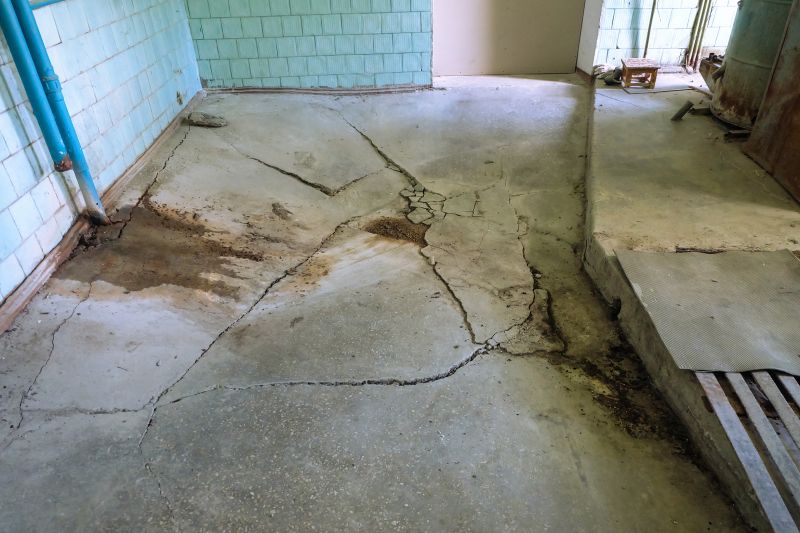
Ways to make Concrete Repairs work in tight or awkward layouts.
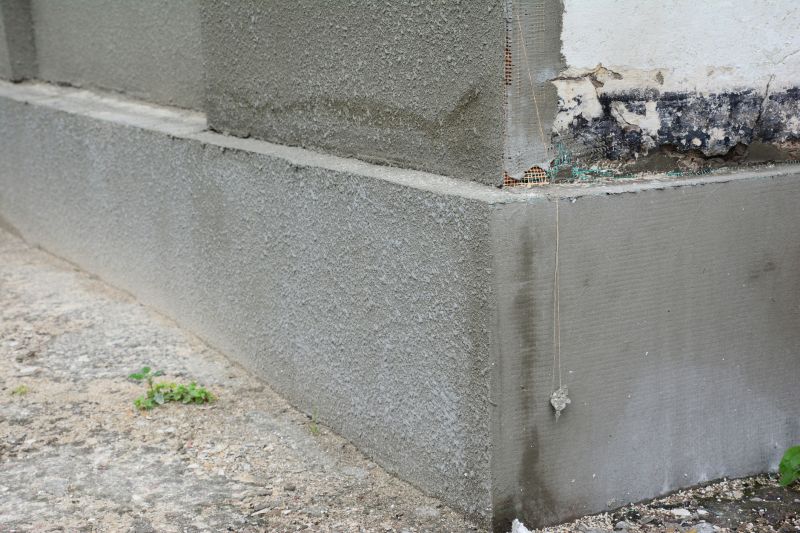
Popular materials for Concrete Repairs and why they hold up over time.
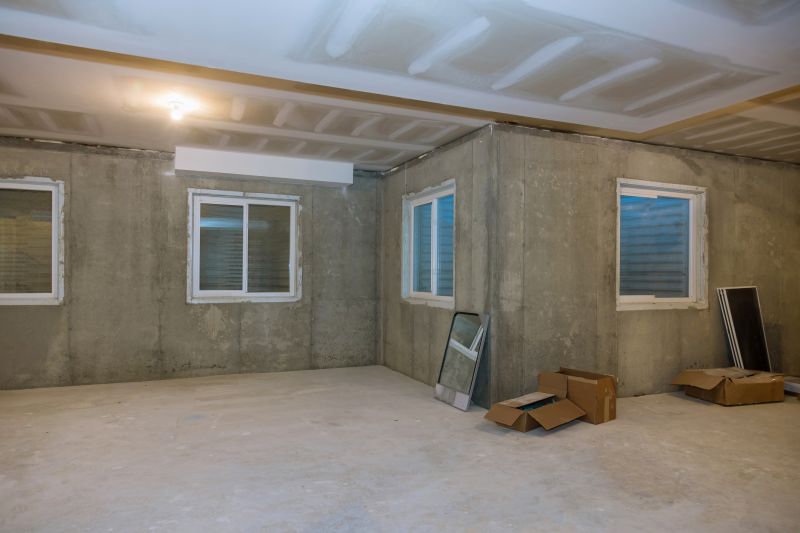
Simple add-ons that improve Concrete Repairs without blowing the budget.
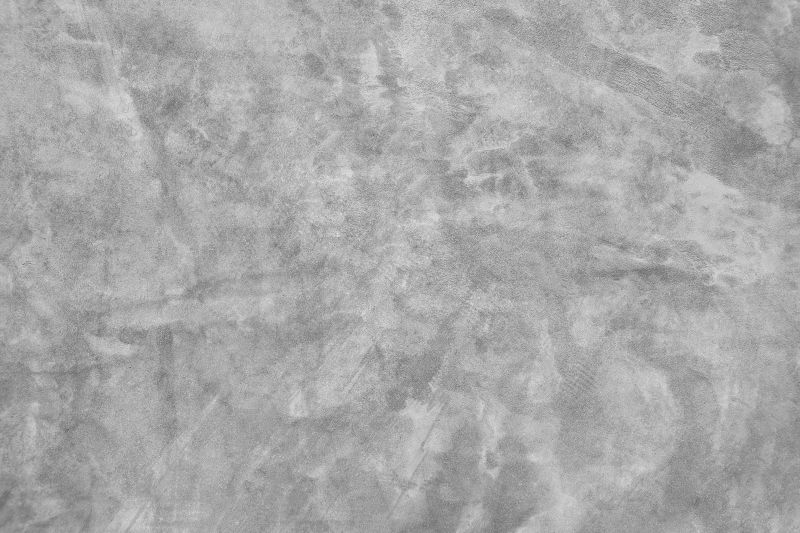
High-end options that actually feel worth it for Concrete Repairs.
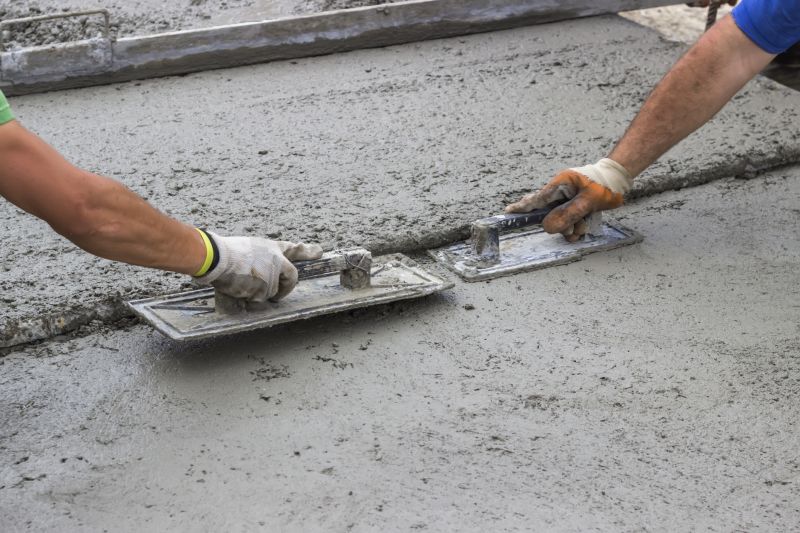
Finishes and colors that play nicely with Concrete Repairs.
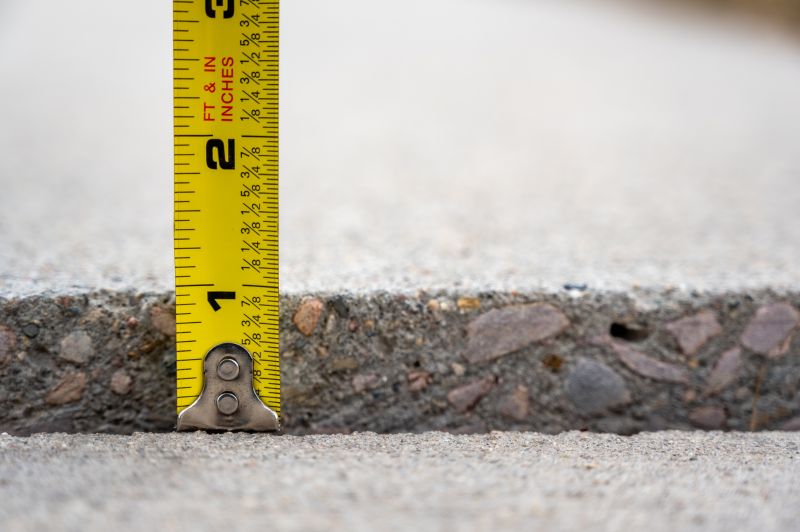
Little measurements that prevent headaches on Concrete Repairs day.
| Season | Ideal Conditions |
|---|---|
| Spring | Moderate temperatures, low humidity, dry weather |
| Summer | Early summer with moderate heat, avoid peak heat hours |
| Fall | Cooler temperatures, stable weather |
| Winter | Generally not recommended due to cold and freezing conditions |
Concrete repairs are vital for maintaining structural integrity and aesthetic appeal. Proper timing ensures that repairs are durable and resistant to future damage. Weather plays a crucial role; high humidity, extreme temperatures, and precipitation can compromise the curing process. Statistics indicate that repairs performed in optimal conditions have a significantly longer lifespan and reduced need for future repairs.
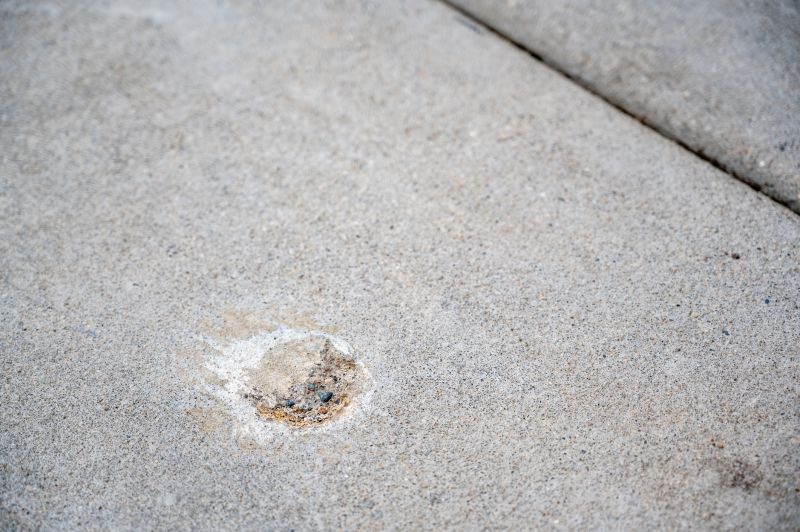
A 60-second routine that keeps Concrete Repairs looking new.
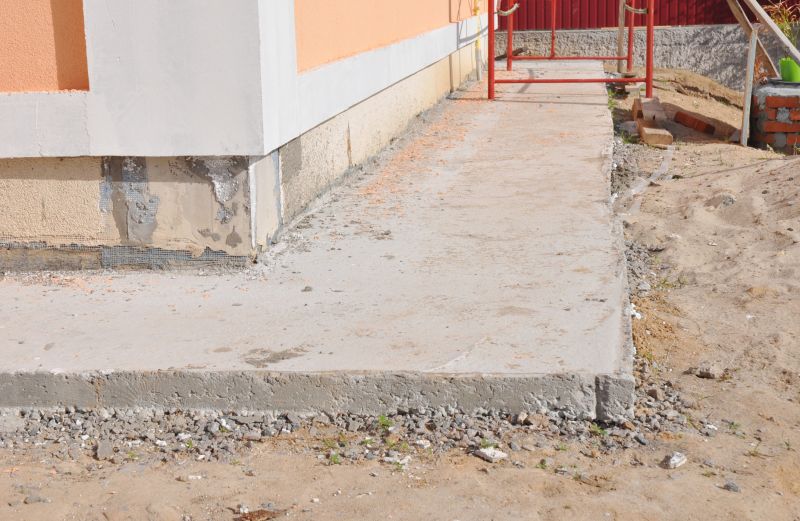
A frequent mistake in Concrete Repairs and how to dodge it.
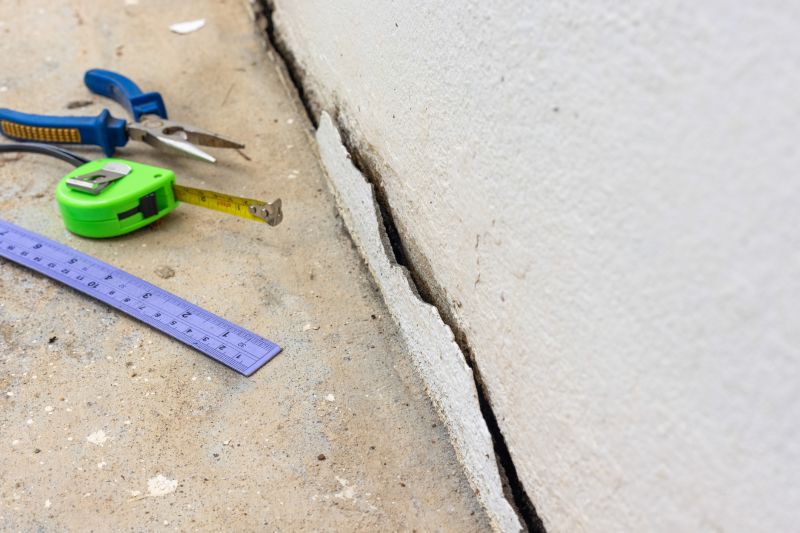
Small tweaks to make Concrete Repairs safer and easier to use.
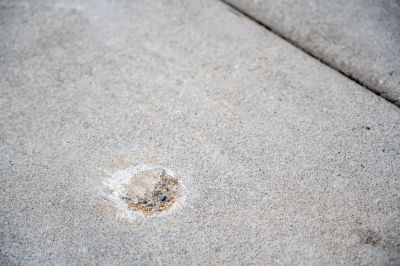
Lower-waste or water-saving choices for Concrete Repairs.
Interested in concrete repairs? Filling out the contact form can provide more information and help schedule a consultation. Proper timing combined with professional repairs can extend the lifespan of concrete surfaces and improve their appearance.
